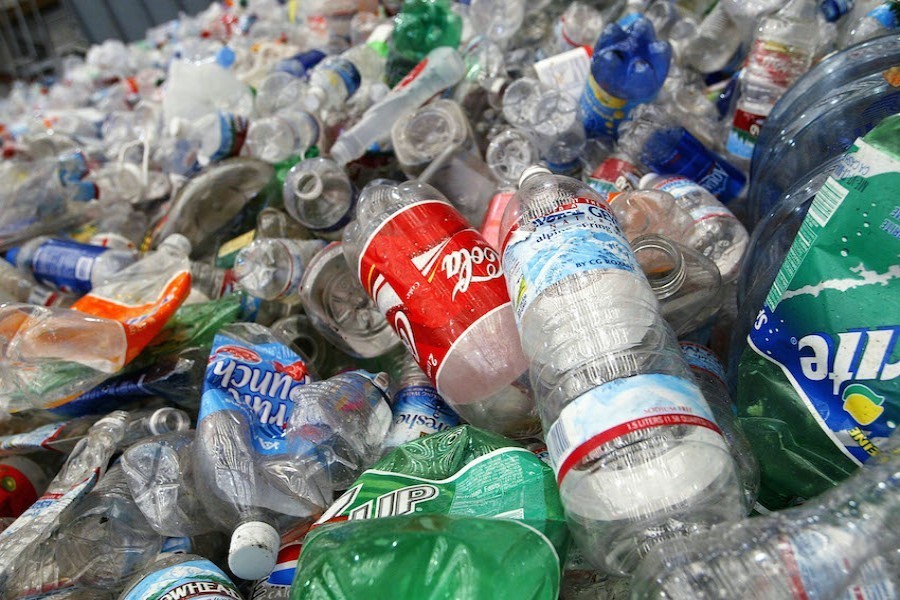Locating plastic fragments mixed with supposedly pollution-free sea waters is alarming news. In the present world chockablock with small and large polythene products, few could think even in their wildest dreams that the menace could invade the marine waters. A couple of months ago, news items even reported the presence of the common non-biodegradable variety of plastic on the seafloor. It was detected by environmental activists.
At this stage of soil or water pollution caused by plastic, another stunning information reached people. It says industrial innovators have at last been able to produce 'biodegradable' plastic. It is made from bio-based materials. A section of environmentalists, however, hold the view that these materials are not necessarily compostable or biodegradable. Many others advance the idea that plastics that biodegrade could be made from fuel-based materials. All developments make many upbeat about the march of science. Even nearly a decade ago, these experiments and the materialisation of biodegradable plastic were a chimera. Now science continues to dream of better and more user-friendly plastic products which are biodegradable or bio-based. Although, the developed countries have started thinking that the age of non-plastic products is round the corner, the developing and least developed countries cannot muster the confidence to think this way. As for Bangladesh, few of the sectors in the country's overwhelmingly growing consumer society can now stay operational without plastic and polythene products.
Starting from items used domestically and in various sectors, plastic goods and appliances have long become integral to survival. Let's start from the kitchen in a residence in Dhaka. Except the cooking pots, kitchen knives and the stove, almost all items are made of plastic. Small and large shelves, racks, and many types of holders --- all are invariably plastic made. Though the dining table is made of wood, the chairs round it in many houses are made of plastic. Light-weight dining plates and even spoons are a common sight in lower and lower middle-class residences. Out on the roof, plastic-made flower tubs have lately replaced the earthen ones. The committed plant and nature lovers are prepared to travel twenty or thirty kilometres to the suburbs to procure the clay-made tubs. They find it atrocious to grow flowers or orchids in plastic tubs and containers.
The irony is few of the Dhaka or other city residents think twice before purchasing plastic items. No compunction pricks them as they spend a whole evening buying the plastic products for household use. Starting from baby cots, baby toys, fashionable deckchairs for the elderly family members, types of stands for the TV and books, bookshelves to ladders and even ropes --- everything has its plastic versions. After their usability term ends or they develop defects, these plastic junks are sold to hawkers or dumped at a corner of the roof. Finally, the lighter ones end up in the nearby garbage bins, their journey ending in the rivers and water bodies. It is the polythene bags, bottles, myriad containers in particular, which have the largest role in the slow death of the Buriganga River. Despite announcements on launching anti-polythene drives in the cities, few such operations materialised. Meanwhile, villages in Bangladesh aren't free of the polythene scourge.
A most worrying aspect of the aggression of plastic is its use in toys. This light material is widely used in toys all over the world. It has taken the place of tin, steel and similar products. A few developed countries may have invented their own biodegradable plastic. But to the rest of the world this special plastic is still beyond reach. After the Stone Age, Bronze Age and the Iron Age, the Homo sapiens may have entered the Plastic Age. Few know how long they will have to remain stuck there.


